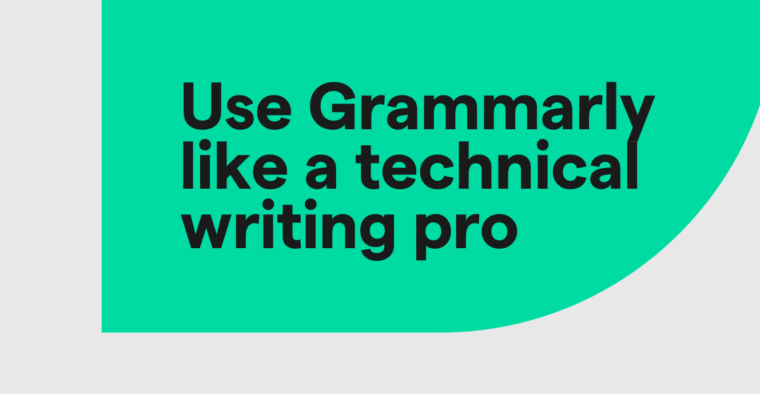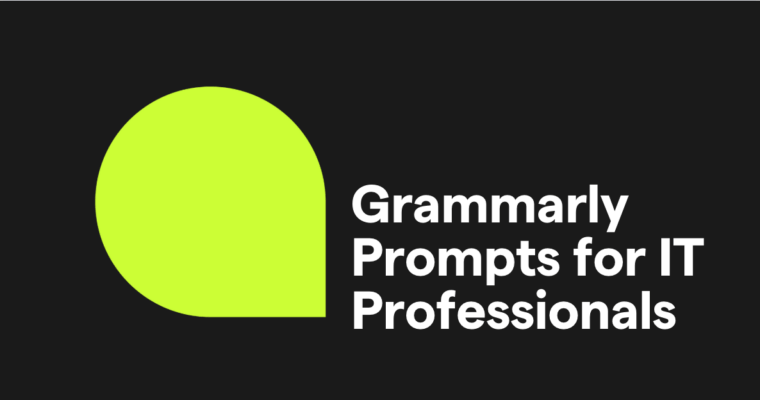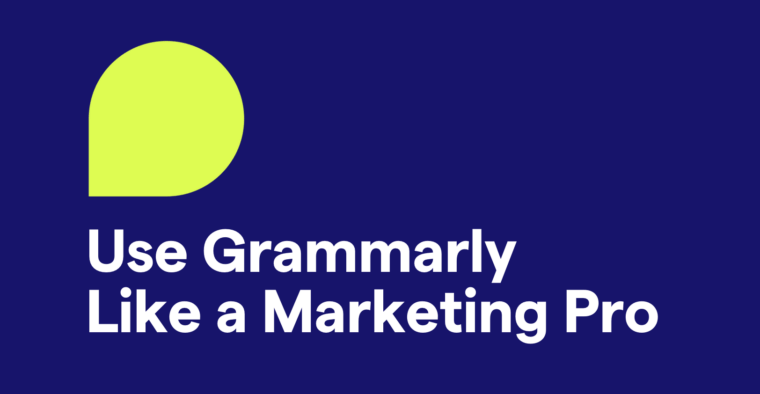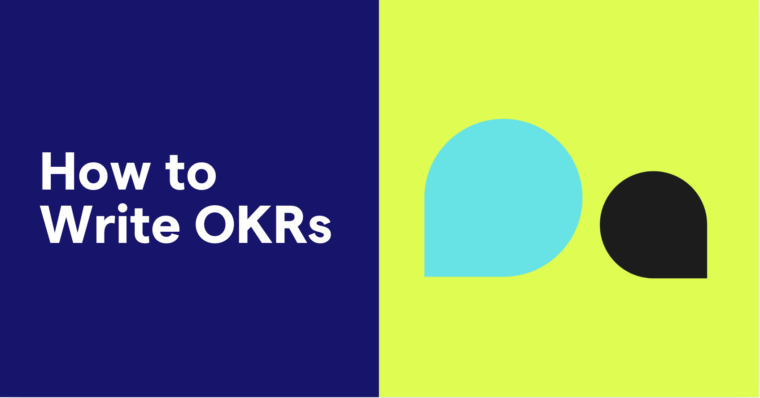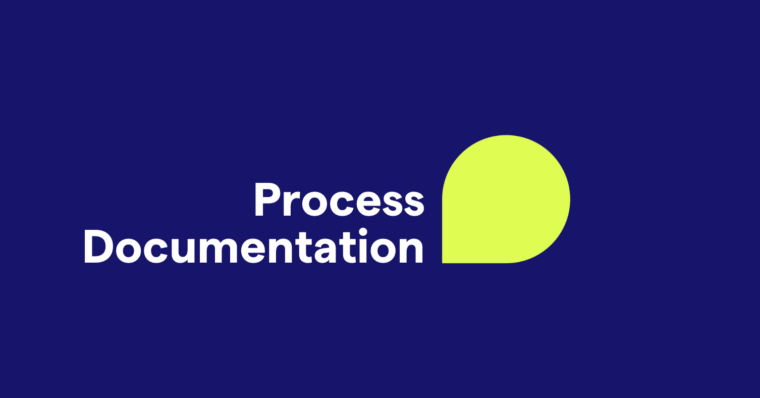
So you’ve been tasked with writing a one-pager. You know it’s a piece of promotional material, and you might have been given a few key points to include. But unless you’re familiar with one-pagers and their purpose, writing a one-pager off the cuff isn’t easy.
Here, we’ll look at the structure of a one-pager and learn what to include, so you can write one with ease.
What is a one-pager?
A one-pager is a concise document, generally around 250 words, that summarizes information like an offer, process, concept, or policy. Typically, a one-pager’s purpose is to engage readers and drive them to seek more information. However, this can vary—some one-pagers are strictly educational.
When they’re used for marketing purposes, think of a one-pager like a landing page. Just like a landing page, a one-pager is focused on a specific offer and written in a direct tone that aims to make the reader want to take advantage of the offer. This could be scheduling a call with the organization or visiting their website to learn more. Educational one-pagers are often written in a similar tone, with the goal of quickly sharing brief pieces of information.
One-pagers often blend graphics with text to visually engage readers and maintain their interest. Graphics, such as an infographic or illustration, guide readers’ eyes through the text and help them retain the information on the page.
Types of one-pagers
Generally, one-pagers are business proposals and promotional pieces written for external audiences. They are often shared via email, disbursed through direct mail, and given out at consumer and industry events. These are sometimes called marketing one-pagers.
Sometimes, companies create internal one-pagers. These are short documents that explain key policies, initiatives, or processes to employees. They can also be used as internal memos to keep team members aware of upcoming events. When a one-pager is written for an internal audience, it’s typically an educational document rather than a promotional one. After all, there’s rarely a reason a company needs to sell to its employees—but when there’s information to share quickly, a one-pager is an easy way to do it.
When do you need to write a one-pager
There are a few different scenarios in which you might write a one-pager. As mentioned above, they’re often written to advertise products and services. They’re also an effective way to share company updates, reinforce information shared during employee training sessions, and make company policies clear and easily accessible. One-pagers are also used to pitch concepts to prospective investors and to summarize lengthy business reports.
Another name for a lengthy business report is a white paper. White papers and one-pagers complement each other because they play a similar role: to be a written resource about an organization and its product, service, process, or offer. But while a one-pager is a brief, single-page executive summary that provides a high-level overview, a white paper is a longer, generally six- to eight-page document that provides a comprehensive explanation.
7 things a one-pager should include
Generally, a one-pager should include the following:
1 Company logo
Include your company logo in a prominent spot on the page, such as in one of the top corners. This makes it a branded piece of content and ensures that the reader knows who published it.
2 About
Include a brief summary of your company. This section doesn’t have to be long—it simply needs to state who you are and any key information about the company, such as its unique position in the market.
3 Problem statement
A one-pager needs to address the problems it later solves. For a sales one-pager, this section should recognize the pain points customers face. In a one-pager aimed at investors, it needs to explain the challenges the company solves and the niche it fills. An internal one-pager might skip this section or briefly state the issue that the rest of the text explains or updates.
4 Features/benefits
This is usually the largest section of a one-pager. This is the part that explains why the offer or company is the right choice for the reader. It can also be the part that explains the concept or policy the one-pager covers.
5 Social proof
This section supports the features/benefits section by showing how and why the claims it makes are true. Depending on the nature and goals of the one-pager, this section could include testimonials from past clients or relevant statistics.
6 Call to action
Toward the bottom of the one-pager, the call to action tells the reader what to do next. Usually, it includes language like:
- Call now
- Visit our website to learn more
7 Contact information
Don’t forget to include your contact information. If your one-pager did its job, the reader wants to get in touch with you and take advantage of your irresistible offer. Include all relevant contact information at the bottom of the sheet, such as your email address, phone number, website, and social media handles.
Keep in mind that your one-pager might need a slightly different setup. For example, it might include an infographic that illustrates your process instead of presenting a bullet list of benefits. You’re still communicating your offer’s benefits this way, but you’re doing it more indirectly by showing the reader what they can expect from working with you rather than telling them what they’ll get.
Remember, a one-pager is a piece of promotional material. Every section works together to achieve your goal of converting readers.
One-pager format
Header
The top section of a one-pager, the header, is where you include your logo and About section.
Body
The body section of a one-pager contains most of the information. It can be visually broken into multiple smaller sections, and clever graphic design can guide the reader through them in the order you deem most effective. This section includes the problem statement, benefits/features, and social proof.
Footer
Make your call to action stand out by making it the footer’s focal point. In addition to the call to action, include your contact information in the footer.
Tips for writing a one-pager
Write in the active voice
In most cases, the active voice is a better choice for a one-pager than the passive voice. Here are a couple reasons why:
- It keeps the copy shorter. A good one-pager is skimmable, and short copy makes it easy to skim.
- It sets the tone for action, which is what you want the reader to do: Take action and keep engaging with your brand.
Keep it simple
Don’t get too detailed or technical in your one-pager. You want to hook the reader, stoke their interest, and drive them to reach out for more information. That’s it. Stick to the big picture and your unique selling points and save the more detailed conversation for later.
Stay on-brand
Everything your organization publishes is part of its brand. Your organization’s brand is its overall persona, which is composed of brand identity elements such as its logo, color palette, and the tone of voice used in brand copy. When you’re writing a one-pager, refer to the copy section of your organization’s brand guide to get a sense of the appropriate voice to use.
One-pager example
[Logo]
For the past 100 years, Ink On Demand has been the top-selling ink distributor in the Northeast.
If you’re like most of us, you don’t realize you’re out of ink until your pages start printing out blank. And when you’ve got to make 100 copies of your latest brochure for that conference that’s starting in an hour, it’s too late to order more.
So let your printer order more ink when it starts feeling empty.
Think about it: Your printer is on your office’s network. It’s on the internet, just like you are. And with our new software, Inkbot, ordering ink becomes automatic.
[graphic showing a printer enabled with Inkbot ordering more ink]
“It’s like replenishing my E-ZPass. I don’t have to think about it; I just always have what I need.” —Jacki Moynahan, COO of Greenbrook Bank
Never run out of ink again. Get Inkbot today. Visit our website to schedule your free product demo today.
Ink on Demand
[contact info]
One-pager FAQs
What is a one-pager?
A one-pager is an approximately 250-word document that shares high-level, key information with its reader. It is often used for promotional, planning, and educational purposes.
What is the purpose of a one-pager?
A one-pager can be used to share information, like a new product, a proposed project, or timely company updates.
What is included in a one-pager?
- Logo
- About us
- Problem statement
- Features/benefits
- Social proof
- Call to action
- Contact information

